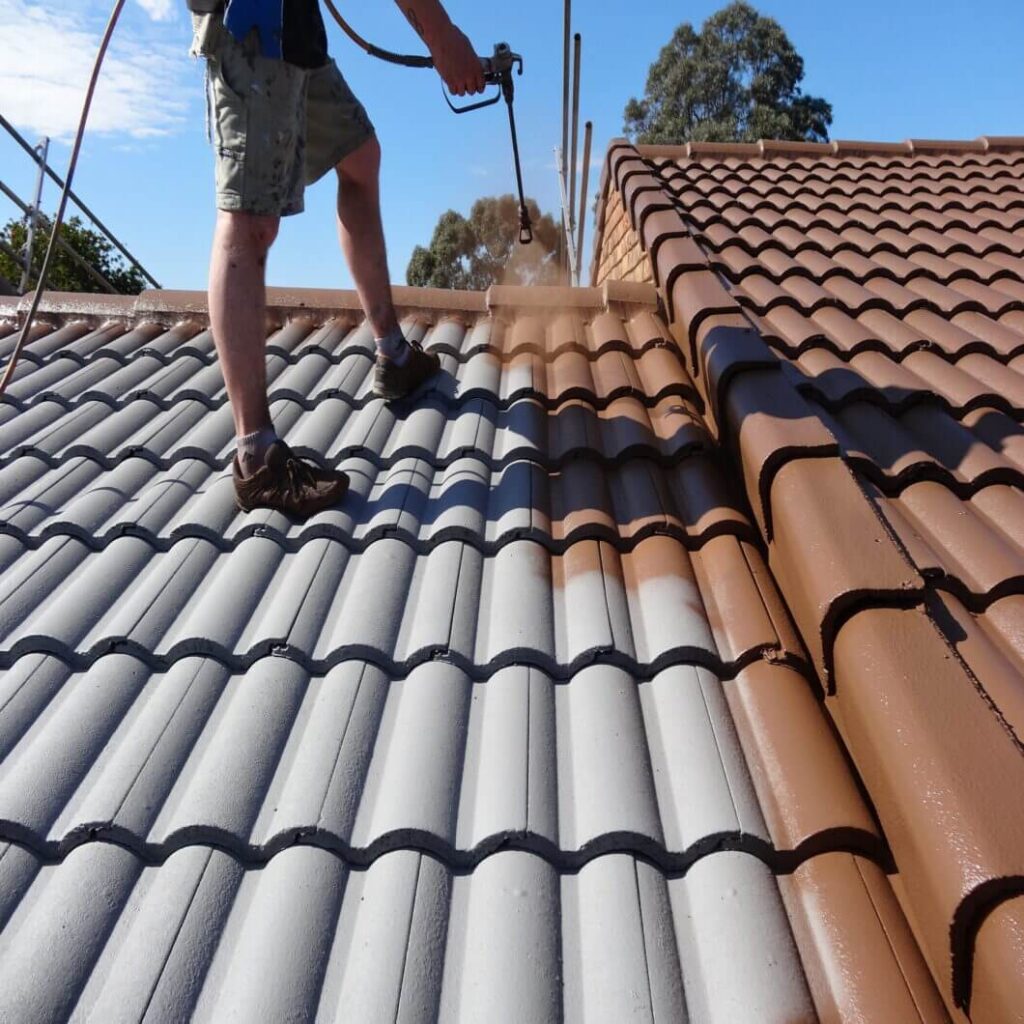Roof inspections are essential for figuring out potential points and guaranteeing the longevity of your roof. Regular inspections may help detect problems early, stopping pricey repairs or replacements down the road. Here are some widespread strategies and steps for conducting a roof inspection:
Visual Inspection:
a. Exterior Inspection:
Start by inspecting the roof from the ground using binoculars or by safely climbing onto a ladder to get a closer look.
Look for seen indicators of injury, similar to lacking or broken shingles, curling or buckling shingles, or unfastened or deteriorated flashing round roof penetrations.
Check for particles, moss, algae, or lichen growth on the roof, which might point out moisture-related issues.
Inspect the gutters and downspouts for granules from shingles, as extreme granule loss can sign shingle wear.
b. Interior Inspection:
Go into the attic or crawl area and examine the underside of the roof deck for indicators of leaks, moisture, or water stains.
Look for daylight coming through cracks or holes within the roof deck, which may indicate roof injury.
Check for signs of insulation damage, mildew, or mildew growth, which might outcome from roof leaks.
Roof Walk:
a. If it's safe to do so, stroll on the roof surface to inspect it up close.
b. Be cautious and put on applicable security gear, similar to non-slip sneakers and a security harness if wanted.
c. Look for any gentle or spongy areas, which might point out underlying damage.
d. Check for Roof Restoration Campbelltown or broken roofing materials, as well as indicators of put on and tear and tear.
Moisture Detection:
a. Use a moisture meter to detect hidden moisture within the roof construction and insulation.

b. Moisture detection might help determine leaks or areas of potential water intrusion that may not be visible.
Drone Inspection:
a. Drones equipped with cameras can provide a comprehensive view of the roof floor with out the necessity for direct bodily entry.
b. A drone inspection could be especially useful for bigger or hard-to-reach roofs.
Professional Inspection:
a. Consider hiring knowledgeable roofing contractor or inspector to conduct a thorough inspection.
b. Professionals have the experience, tools, and expertise to determine points that will not be apparent to a home-owner.
Documentation:
a. Document your findings with photographs and notes to create a document of the roof's situation.
b. This documentation may be useful for monitoring changes over time and for insurance coverage claims or repairs.
It's necessary to perform roof inspections frequently, ideally no much less than once a year, and after extreme climate occasions like storms. Additionally, should you're not snug or assured in your capacity to carry out a roof inspection safely, it's advisable to rent a professional roofing skilled to ensure a thorough and correct evaluation of your roof's condition..
